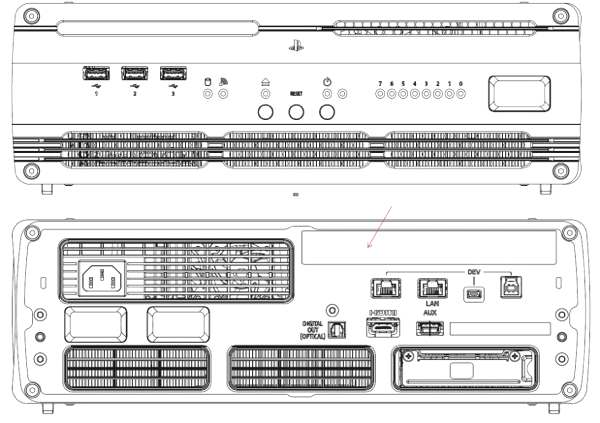
The FCC is our best friend at the site, helping reveal Sony products well ahead of their intended announcement time, like the Sony Reader PRS-T3 and the Sony Xperia Z partnership with T-Mobile. While the PS4 has already been announced and most of the specs have been revealed, the PS4 dev kit has finally swung by the FCC and revealed some interesting tidbits about the powerful next generation console. Unlike the consumer unit, which will offer two USB ports on the front for charging of the Dualshock 4 and connection of other accessories, the dev kit offers would-be and current game designers an additional USB port which may have always been the intention of Sony to offer and could have been cut to help bring the console’s price down. The most interesting news from the FCC breakdown might be the PS4 (DUH-D1000AA) max clock speed.
Last we heard from Sony, the PS4 offered an 8-core Jaguar CPU from AMD, capable of running at 2GHz though each Sony is opting to push each core to 1.6GHz. However, according to the FCC, each core is actually capable of 2.75GHz max speed which begs the question; is the dev kit Sony handing out more powerful than the shipping console (which is quite the norm in the PC industry), or is the PS4 more capable than we think? One thing that the FCC has revealed is that with current consumer specs for the PS4, the console will be able to maintain a temperature between 5 and 35 degrees celsius. Could Sony be opting to keep the clock speeds lower to help keep things cool? Could the CPU just be capable of being tweaked to 2.75GHz but in return lower the console’s longevity?
Other differences from the PS4 dev kit and the retail version include an additional ethernet port and other developer connections.
Discuss:
Is it best that Sony has opted to keep the clock speed of the PS4 CPU at 1.6GHz or if the chips can dish out 2.75GHz, then so should the PS4?
[Via FCC]

You must be logged in to post a comment.